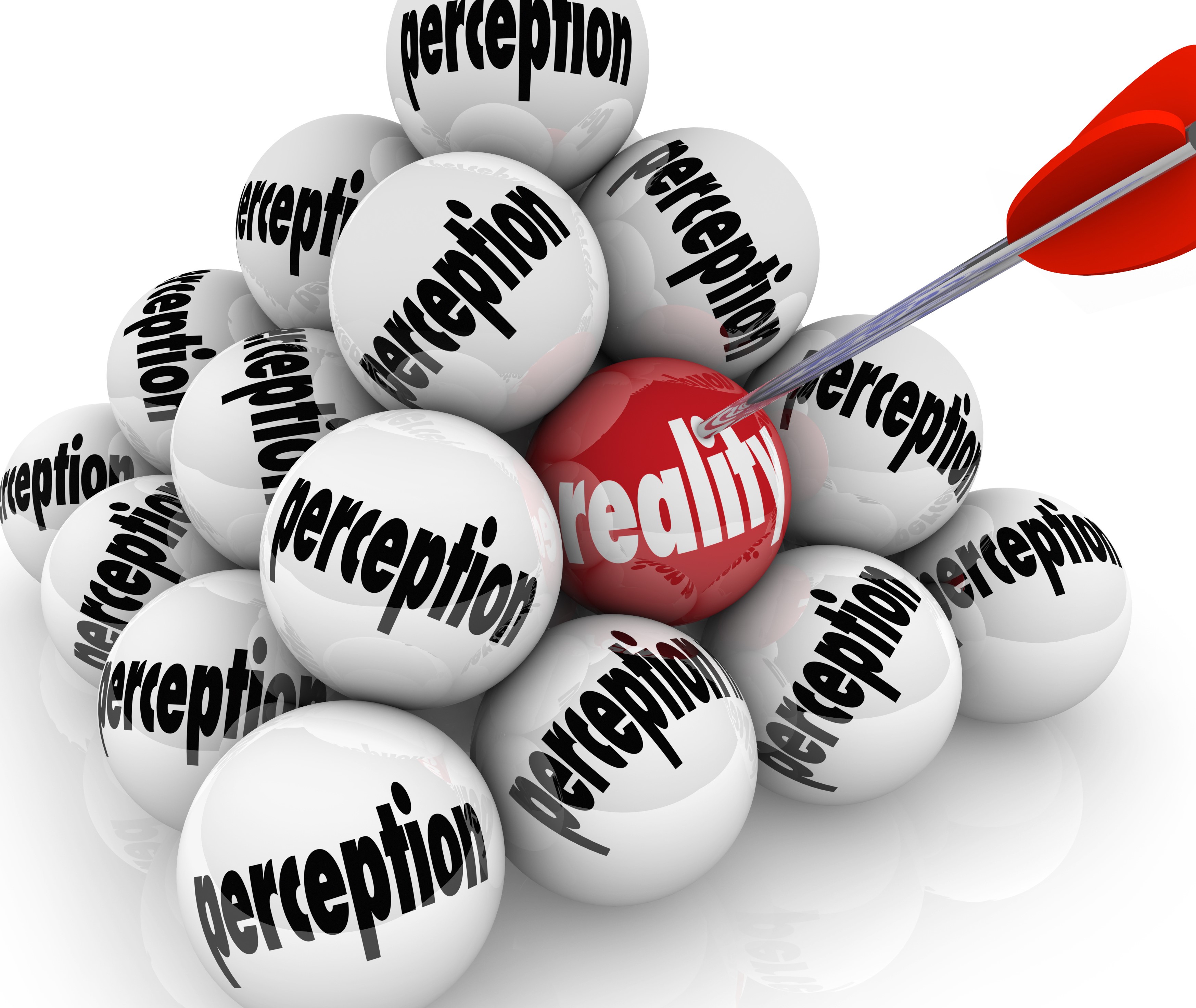Podcast: Play in new window | Download
Valid credentials are like putting a deposit on your listeners’ belief, but you need solid content to complete the transaction.
Content is the most permanent element in credibility; it’s the solid core inside your outward image.
Let me make sure that I make this point loud and clear: I am not interested in teaching you how to create skin-deep credibility, which can fool or even dazzle others at first glance but which tears easily when poked with an insightful question. Ultimately, your personal credibility will rest upon the content of your communication, the quality of your ideas, your decisions and your judgment. If you want to sound like you know what you’re talking about, it kind of helps to actually know what you’re talking about.
Content is both practical and ethical. Content is supremely practical because it is based on reality and reality can be tested and verified. With truth as your ally, how can you lose?
Content is also ethical because it ensures that your credibility is put to good use. When your credibility grows, others will depend on what you tell them, and that obligates you not to lead them astray.
Demonstrating 3-Dimensional Expertise
Any time you present an idea, you choose the content that you feel is relevant, but it’s almost a guarantee that someone will ask for more. So, your credibility depends on being able to demonstrate what I call 3-D expertise.
Suppose you are speaking to a decision maker within your organization to get a favorable decision. Maybe you are suggesting a solution to a problem, or asking for resources for a project, or trying to change something. You will maximize your chances by being able to show that you have thought about the issue thoroughly, by showing depth, breadth and height.
Depth (“know-what” and “know-how”): Depth of knowledge is the essential starting point of personal credibility because it’s the reason you have a job. Organizations run on specialization because no one mind can comprehend the complexity and richness of detail it takes to run things effectively, so you ensure your value by knowing more about your patch of the world than anyone else. If knowledge is a secure base, deep knowledge is the foundation.
For example, if you’re recommending a solution to a problem, how deeply and completely do you understand both the problem and the suggested solution? How much data do you have? Is it first-hand or second-hand? Have you seen for yourself? Have you asked why at least five times to get to the root of the problem, or do you stop at a surface-level description? If they question you on details, can you provide them? Do you have specific examples to illustrate your points? What has been your experience with these types of problems before? How much do you know about the solution? Have you thoroughly researched it? How many times have you seen it before? Have you seen it before?
In his book So Smart, But…, Allen Weiner says: “Our research and experience reveals that listeners consider two types of information to be legitimate signs of depth: (1) an ease of manner with names, dates, and numbers; and (2) a memory for conversations with important players.”[1]
It’s great to have facts to back you up, and even better to know them from memory. Knowledge is impressive. We admire those who have a deep grasp of their topic, who can pull up concrete and specific facts to support their arguments. I’ve seen that if done correctly, rattling off a series of numbers from memory can have an enormous impact on the minds of your listeners. Paul, a member of a citizen activist group I belong to, is a master at this. When we met with the editorial board of our local paper to make our case on a controversial project, Paul began explaining the public safety impact that the project would have, citing numbers such as response times, traffic delays, number of incidents, etc. Halfway through his pitch the paper’s editor interrupted and said: “You have an amazing grasp of the numbers!”
As long as it’s not overdone, concrete details can make you more credible. It’s one thing to say that your product makes your customer’s business process more efficient; it’s far better to say, “We speed up the reconcilement process by 35%, which cuts an average of four days out of your accounts receivable.”
All that said, keep two caveats in mind. First, sometimes when you know so much you’re tempted to show your depth by providing too much detail or too much context to your audience. I’ll cover the antidote to that in my next podcast. Second, don’t get out in front of your facts. If you claim to know more than you do, someone is bound to pop your balloon with a well-timed question.
Breadth (“Know-who”): While depth is an essential starting point for credibility, it’s usually not enough, especially as you rise in an organization. As Peter Drucker said, “By itself…a specialty is a fragment and sterile. Its output has to be put together with the output of other specialists before it can produce results.”[2] Breadth is about knowing the wider impact of your idea on other stakeholders and other things going on.
Breadth also helps if your conversation takes an unexpected turn, especially with more diverse audiences. Let’s say that you can think of half a dozen good reasons to approve your idea. In most cases, it’s good practice to choose the top two or three strongest reasons and focus on those. But if someone asks about one of the other reasons, are you able to talk about those also?
Breadth is also about seeing both (or more) sides of the issue. There are several good reasons for presenting a one-sided argument. The first reason is focus; it’s hard enough to keep listeners’ attention, so you want to make your point quickly and then offer only the information you need to bring the point home. Why confuse matters by bringing in contradictory information, or make the other side’s case for them?
Yet, if you can talk about both sides it shows a tremendous amount of confidence when you’re not afraid to discuss alternatives. Besides, if your listeners are smart and truly care about the decision they are going to make, they will seek out every possible alternative they can anyway.
But the best reason to use a two-sided argument is that it has been shown—if done right—to be the most effective for an educated and involved audience. A 1991 paper by Mike Allen analyzed the results of 26 studies that compared the effects on attitude change of three different approaches:
- One-sided arguments
- Two-sided arguments, in which counterarguments were listed
- Two-sided arguments, in which counterarguments were listed and refuted
They found that the least persuasive messages were two-sided with no refutations. Second were one-sided arguments. The most persuasive were those in which the speaker first listed counterarguments and then refuted them. As the authors say, “Empirically, the order of the most effective messages should be two-sided with refutation, one-sided, and two-sided with no refutation.”[3]
Height (“know-why”): You can develop and maintain a lot of credibility at your level by sticking to depth and breadth, but without height the best you’ll be just a bright pixel in the big picture. Height will confer credibility above your current position and signal your readiness for even higher levels.
Height of knowledge means knowing why your idea makes sense within the context of the higher and longer term goals of the organization. It entails rising above your own pay grade and showing that you understand how your proposal fits in to the big picture and the longer term. Height also tempers depth by helping you filter out unnecessary detail.
One way to look at an internal presentation is that it is partly an interview for a higher position, and being able to talk about the big picture shows your maturity and readiness to step up to higher levels of responsibility. You can show height by reminding your listeners up front how your idea fits into the big picture, but be tactful: try not to sound as if you’re telling them how to do their jobs. At the very least, you can leave it unsaid, but be prepared to address their big-picture questions if they do arise.
Like the medieval bricklayer who is inspired by the vision of a cathedral he will never see completed in his lifetime, the added meaning will lift up the importance and hence the credibility of your idea, and add gravitas to your message—one way to be seen as more serious is to speak of more serious things. These more serious things include the longer term goals of your company, its values, strategy and identity.
One sure way not to show height is to so passionate about your idea that you fight for it even when higher level people might have their own good reasons not to give you what you want. Sometimes being seen as a team player requires that you surrender your interests to the bigger picture.
Pressure-test your depth, breadth and height
There is a lot of work involved in ensuring that you have the right depth, breadth and height of knowledge to present your idea, but that’s only a start. It’s difficult enough to prepare written remarks to demonstrate all three, but where your credibility will be tested is in answering questions from the audience, and you will be tested. To ensure that you’re ready, you need to anticipate the different ways that people will test you. I call this pressure testing your ideas.
First, try to find out as much as you can about your audience. How much do they know about your topic? What is their attitude toward your idea?
If you’re anticipating hostile questions, think about preempting by bringing up the issue yourself and answering it in your presentation.
Think several steps ahead. If you anticipate questions and plan your responses, don’t stop at your first answer. If you do answer, what might be their follow-up question?
Triangulate. If you can cross-check it against other sources, observers, or methods of collection, you will be that much secure against challenge; who knows, you might even learn something!
Use peer review. Following these steps is an excellent start, but you also need to seek outside help because you may be too close to the issue to see what someone further removed from the situation might see as an obvious weaknesses.
[1] Allen N. Weiner, So Smart, But… p. 21.
[2] The Effective Executive, Peter Drucker, p. 61.
[3] Meta-Analysis Comparing the Persuasiveness of One-Sided and Two-Sided Messages, Western Journal of Speech Communication, Fall 1991. Accessed May 3, 2018.






